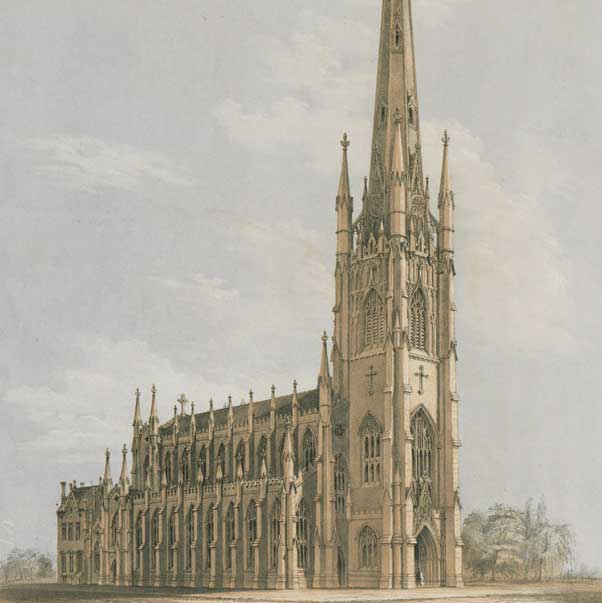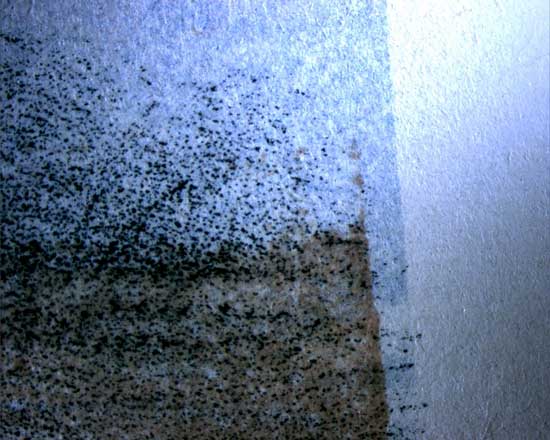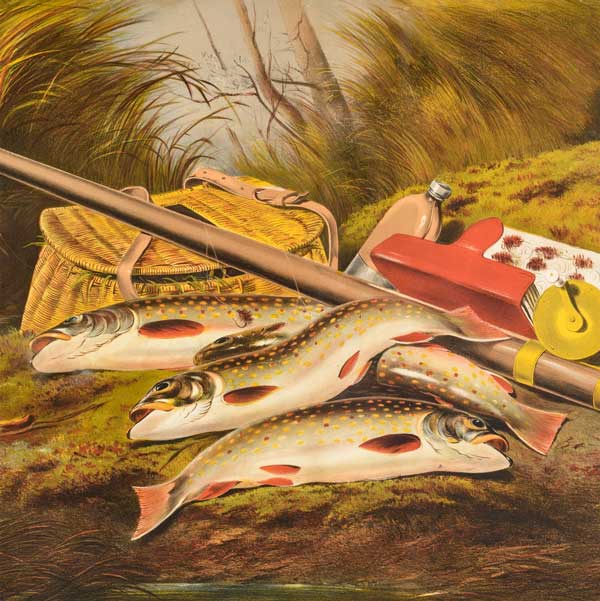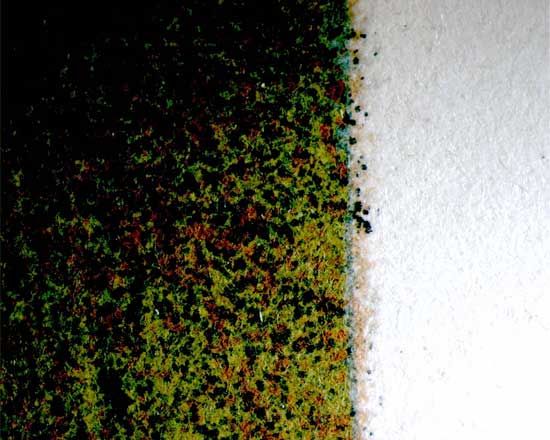Printing Marks
By the second half of the 19th century, lithographers were using a wide variety of lithographic printing presses, depending on the purpose and print run of the intended stone. A pass through a lithographic hand-press was sufficient for small print runs or for the taking of a proof.
According to Louis Maurer, an artist who worked for Currier & Ives in various capacity over numerous years, Currier & Ives’ large folios lithographs were not printed by the thousand on a production press at the factory. They were printed by Charles Currier--Nathaniel’s brother who worked as a contractor for the firm--on a hand press, and purely on demand.
Before Currier started to collaborate with Palmer in 1849, the firm produced less than five lithographs using a tint stone. An example, The Celebrated Trotting Horse Trustee as he appeared in his 20th mile (1848, Library of Congress) presents evidence that the lithographer had significant difficulty with registration. As a result, the image quality is low and the colors overlap in unintentional ways.
Registration, or the precise alignment and placement of the three stones involved in the production of Fanny Palmer’s Church of the Holy Trinity. Brooklyn Heights, was essential to creating a fine and legible rendering of the architecture of the church.
A careful examination of the magnified margins of Tait’s American Speckled Brook Trout reveals the registration marks of the various stones used to print the work. Knowing that each stone was charged with one ink, and that transparent green printing ink was not easily managed for lithography at the time, we can see that Tait’s picture was produced with five stones and five inks: beige/tan, blue, yellow, red, and black.
Church of the Holy Trinity. Brooklyn Heights, detail of registration mark
Frances B. Palmer, artist
F. & S. Palmer, lithographers
New York, New York; 1845
Three-stone lithograph printed in black, tan, and blue
Museum purchase 1973.567
American Speckled Brook Trout, detail of registration mark
Arthur F. Tait, artist
Charles Parsons, lithographer
Currier & Ives, publishers
New York, New York; 1864
Chromolithograph
Bequest of C. Porter Schutt 2000.19.19




